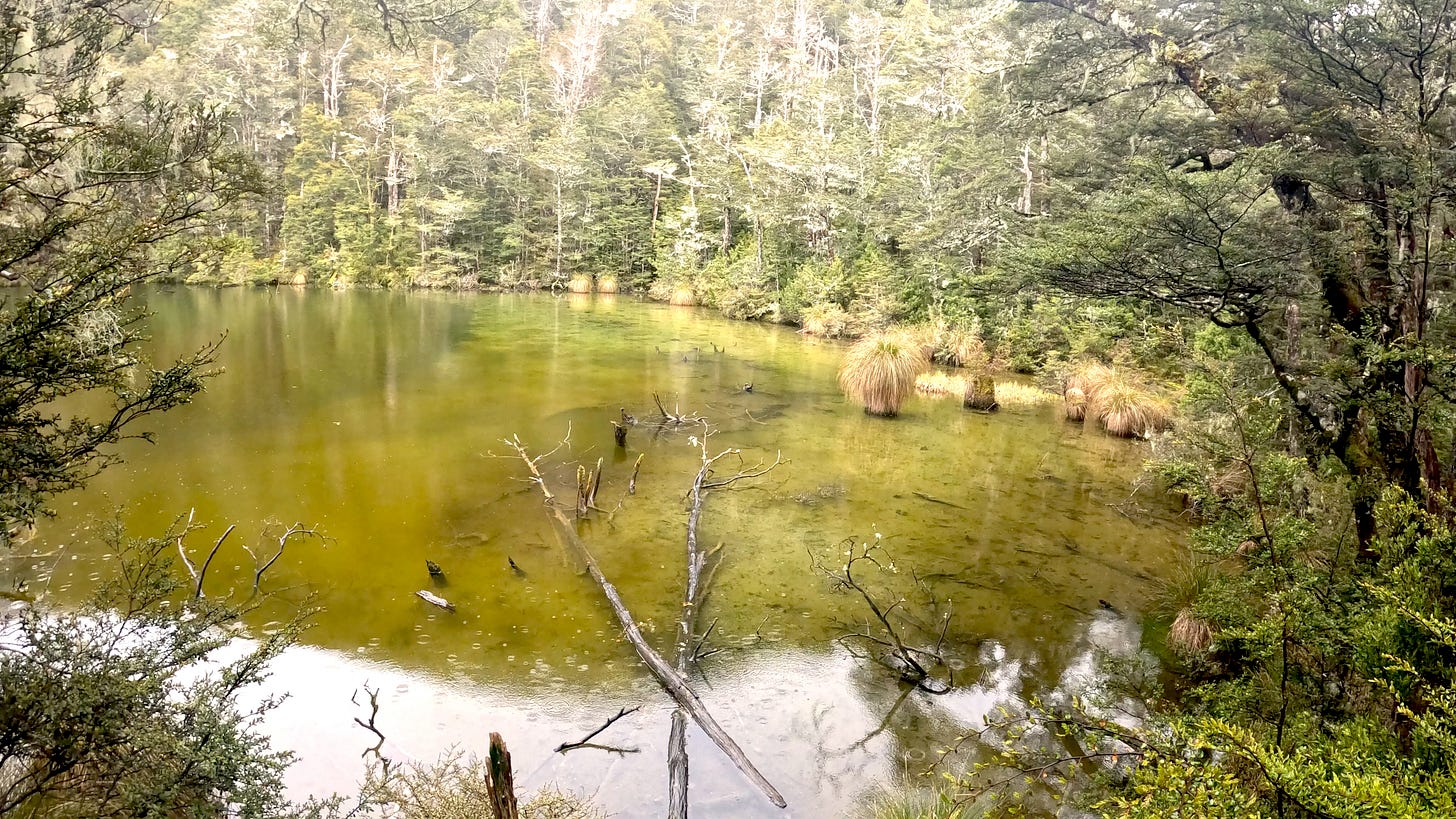Anglers Nirvana: Pt 1
New Zealand: Which Part?
There’s more to organizing a fly-fishing trip than just the core logistics of where and when. While New Zealand – also known to locals as Aotearoa – is an easy English-speaking country to visit, it still demands careful planning by the fly angler. This is Part 1 of a short series by Michael Gregg on planning a bucket-list journey to the angler’s nirvana of New Zealand.
Plan one region and fish it well
Riffing on the elephant joke: How do you fish New Zealand? One river at a time.
More helpfully, New Zealand should not be viewed as a single angling destination, unless you intend to shift here and fish for many decades. There’s simply too much water. Too many options, too much to learn, uncover, explore and return to.
New Zealand is divided into twelve Fish & Game regions: six in the North Island and six in the South. Focusing on just one South Island region –Nelson/Marlborough, West Coast, North Canterbury, Central South Island, Otago, or Southland – can easily fill an entire season of fishing.
To illustrate this, the image at the top of this post shows a small, hidden high-country lake that holds a couple of dozen large brown trout. Those who know it, and there are very few, will remember stalking its bush-clad edges, waiting for a cruising fish to appear beneath the still, reflective surface. This lake alone can occupy a full day on the water.
Yet just behind the photographer, a clear freestone stream flows from the lake into a beautiful headwaters tributary that supports a small population of brown trout, often of epic proportions. That tributary then joins the main river – a substantial system offering a week’s worth of fishable water within easy walking distance.




